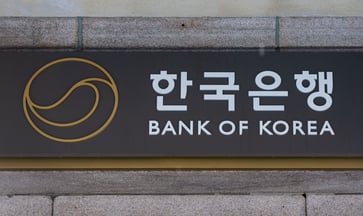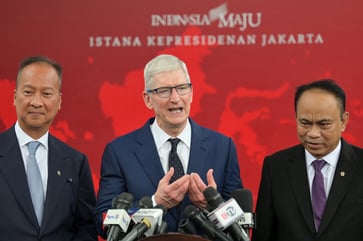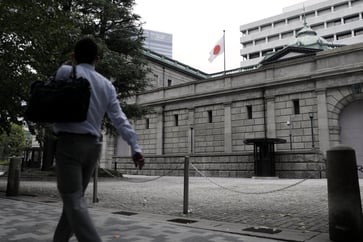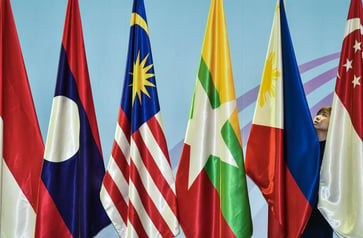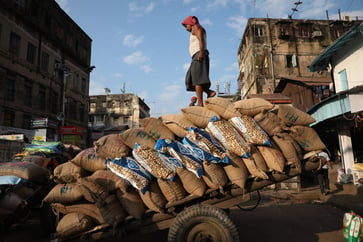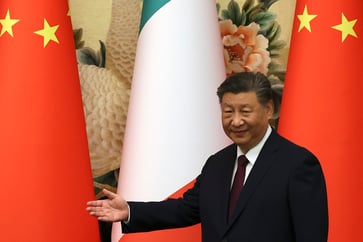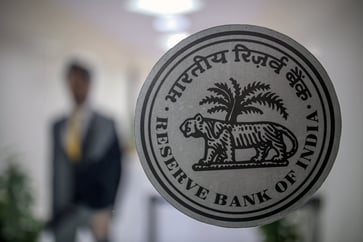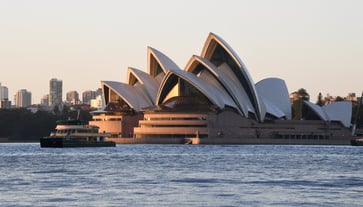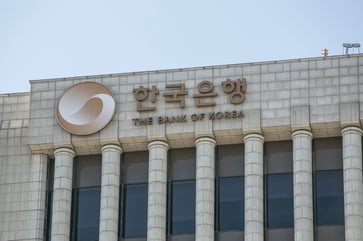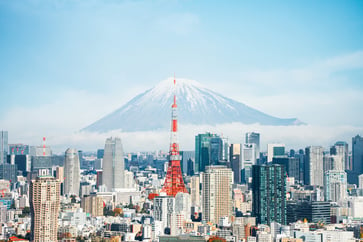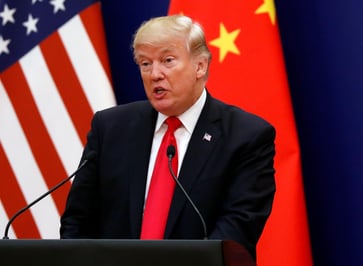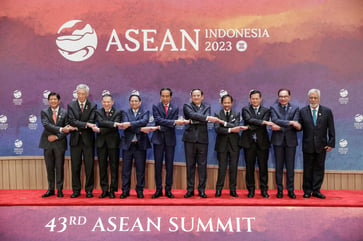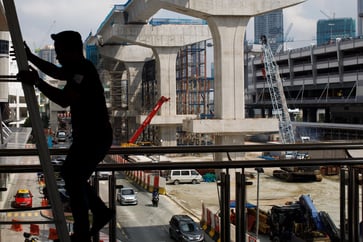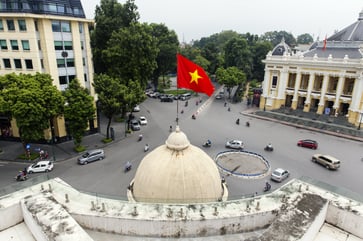The economic crisis in Sri Lanka worsens as the country is overwhelmed by its heavy debt burden.
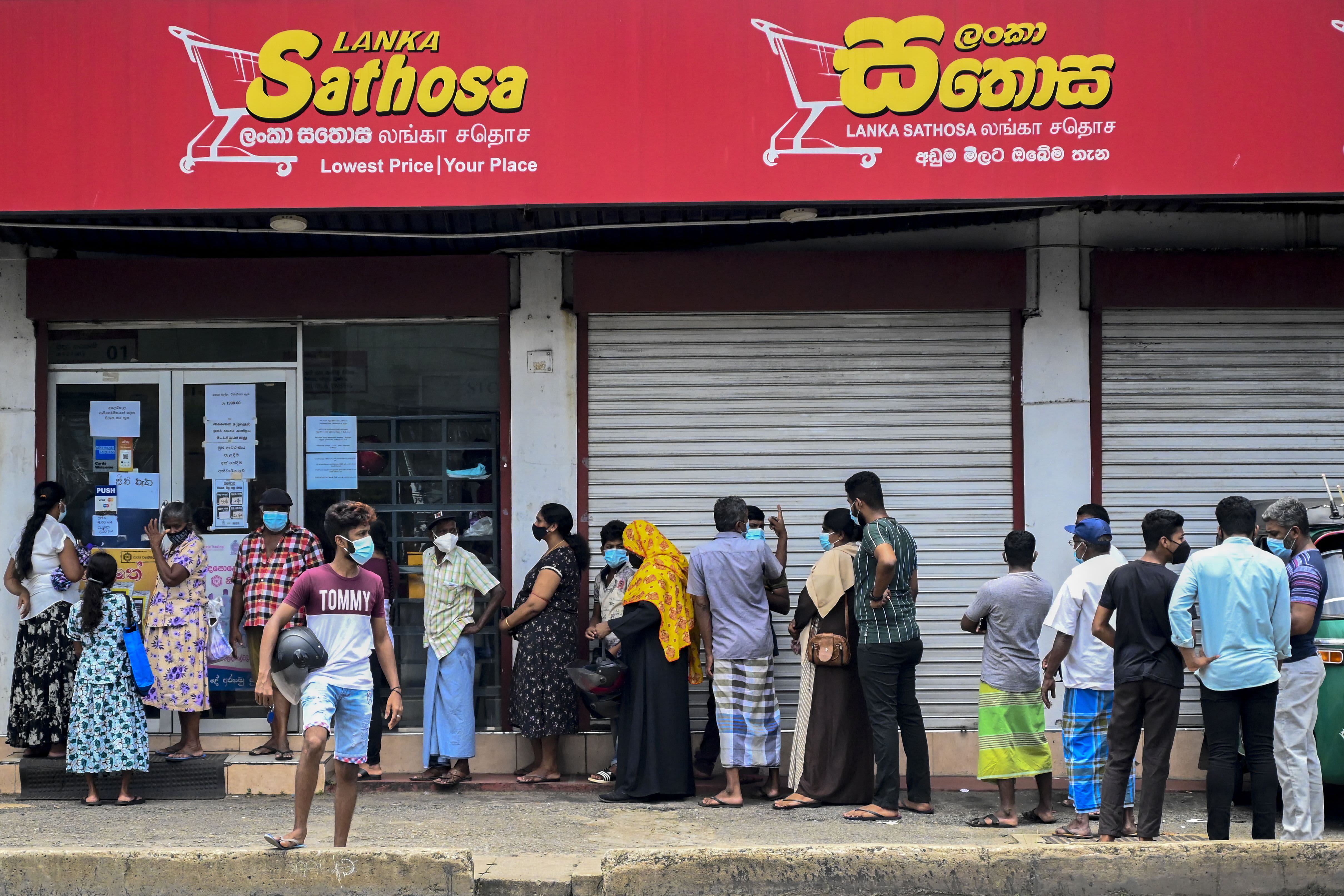
- In Sri Lanka, the current times remind Zahara Zain of the early 1970s, when the country was struggling with food shortages and fighting for survival.
- The external debt crisis of Sri Lanka has been made more complex by the economic pain it has experienced.
- Managing overseas debt repayments and meeting domestic needs presents a dual challenge for policymakers.

In Sri Lanka, the current times remind Zahara Zain of the early 1970s, when the country was struggling with food shortages and fighting for survival.
Zain, a small food business owner from Colombo, said that it feels like they are reliving the 1970s with rationed everything. She explained that daily life has become a struggle for most Sri Lankans due to the skyrocketing prices of basic food items caused by limited supply.
The country of Sri Lanka is currently dealing with a challenging situation, as both rising prices and high debt levels are putting a strain on its economy and people.
The mother of two young children stated that milk, along with other food items such as rice and sugar, has been rationed. Previously, she could purchase 1kg of milk powder, but now, shops are only permitted to sell 400g.
"What about that? My kids require milk," Zain stated to CNBC. Moreover, the cost of milk has increased by nearly $1 per kilogram, she added.
Zain stated that the scarcity of U.S. dollars in the country has resulted in a significant increase in the prices of food items and raw materials, which has negatively impacted her business.
The external debt crisis of Sri Lanka has been worsened by the economic pain, according to analysts.
Economist Shahana Murkherjee of Moody's Analytics stated that policymakers are facing a difficult task of balancing the repayment of foreign debt with meeting domestic requirements.
Spiraling debt
In September, Sri Lankan President Gotabaya Rajapaksa declared an economic emergency, granting the government control over the supply of basic food items and setting prices to combat inflation that reached 14.2% in January.
Despite the pandemic, Sri Lanka's debt spiral was already unsustainable, economists said.

Dushni Weerakoon, executive director at the Institute of Policy Studies of Sri Lanka, stated that since 2007, governments have issued sovereign bonds without considering the repayment of loans.
Sri Lanka's reserves were increased through borrowing foreign currency funds instead of higher earnings from exports of goods and services, leaving the country vulnerable to external shocks, as stated.
The government spent foreign currency on repaying debt, and the central bank ran down foreign exchange reserves to support the Sri Lankan rupee, which was under pressure, according to Alex Holmes, Asia economist at Capital Economics.
"One of the reasons for the rise of double-digit inflation in the economy is the depletion of foreign currency, which limits the ability to import food," Holmes stated.
Pandemic hits tourism
The tourism-dependent economy of the island nation was further burdened by Covid-19, exacerbating its debt.
The pandemic has put a significant strain on finances, with government revenues being heavily impacted as the tourism industry, a major revenue generator, has been largely shut down since early 2020, and migrant worker remittances have also experienced a significant decline, according to Murkherjee.
Analysts stated that the tax cuts in 2019 worsened the situation by causing a significant decrease in tax revenue, which weakened the government's ability to support the economy during the Covid crisis.
Capital inflows were halted due to the pandemic, exacerbating already weak fiscal and debt indicators, resulting in a downgrade of Sri Lanka's sovereign rating and limiting access to borrowing in the capital market.
China and India offer relief
In January, the country's official reserves decreased by $779 million to $2.36 billion from $3.1 billion in December, as reported by Citi Research. Analysts predict that the government's next major challenge is a $1 billion bond repayment due in July.
Nearly $7 billion in debt payments are due this year, according to Moody's estimate.
India and China have been approached by Sri Lanka to help alleviate its deteriorating financial situation.
In January, Rajapaksa met with Chinese foreign minister Wang Yi to request that China restructure its debt repayments. The country’s central bank and the People’s Bank of China entered into a bilateral currency swap agreement for a swap facility amounting to $1.5 billion last year, aimed at reducing the risk of fluctuating exchange rates when there is financial volatility.

Sri Lanka has received a $500 million line of credit from India to purchase fuel, along with credit and foreign exchange support.
In the upcoming months, the government must make a challenging political choice between prioritizing international bondholders or preserving limited U.S. dollars for essential imports, according to economists.
Tough balancing act
The public debt of Sri Lanka is predicted to increase from 94% of GDP in 2019 to 119% in 2021.
According to Holmes, the government must weigh the advantages and disadvantages of defaulting on the debt. He believes that the cost of defaulting is less than the cost of continuing for Sri Lanka. Therefore, policymakers should "bite the bullet" and make a decision.
The country must either reorganize its debt or seek a bailout from the International Monetary Fund, according to analysts' recommendations.
Citi analysts stated in a note that while they believe the Sri Lankan government will eventually need to seek assistance from the IMF, there is a possibility of a default before any agreement with the IMF is finalized.
The government's messages regarding the IMF option have been inconsistent. According to the Financial Times, Finance Minister Basil Rajapaksa stated that all possibilities were being considered, including an IMF bailout.
Sri Lanka's central bank Governor Ajith Cabraal stated in an interview with CNBC that the country did not require IMF assistance as it had an alternative strategy. He asserted that Sri Lanka could finance its outstanding debt, particularly international sovereign bonds, without causing any distress to its creditors.
Averting a deeper crisis
The central bank stated in February that Sri Lanka would fulfill all upcoming debt obligations. It refuted media reports suggesting the country was on the verge of a sovereign default, asserting that such claims were baseless.
Mukherjee stated that policymakers might prioritize stabilizing domestic conditions in the short term by redirecting a significant portion of any additional foreign aid to addressing the country's growing domestic requirements and preventing a more severe economic crisis.
The ongoing debt crisis in Sri Lanka is causing increasing anxiety and frustration among its citizens.
Zain, a small business owner from Colombo, stated that people are concerned and there is a great deal of anger aimed at the government. He added, "The country is already in a difficult position, and I hope they will avoid making it worse by resolving the debt issue."
— Saheli Roy Choudhury contributed to this report.
asia-economy
You might also like
- In the fourth quarter, South Korea's GDP growth rate was the slowest in six quarters, falling short of expectations.
- According to a CNBC survey, it is predicted that the Bank of Japan will increase interest rates this week.
- China's GDP in the fourth quarter increases by 5.4%, exceeding market predictions due to the implementation of stimulus measures.
- The Bank of Korea announces that it has decided to maintain its interest rates at 3% in a surprising decision.
- In December, China's imports experienced unexpected growth, while exports exceeded expectations as well.
